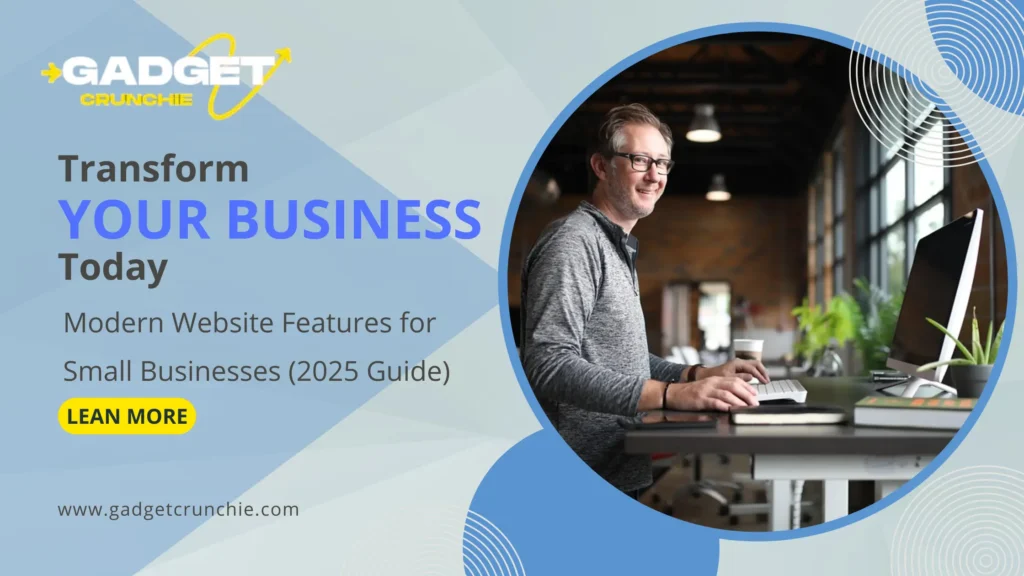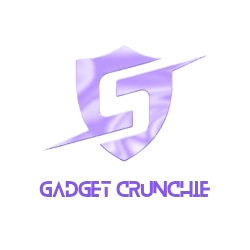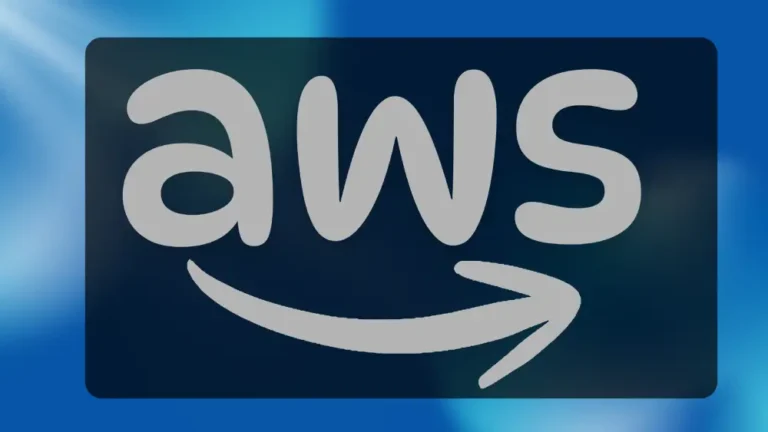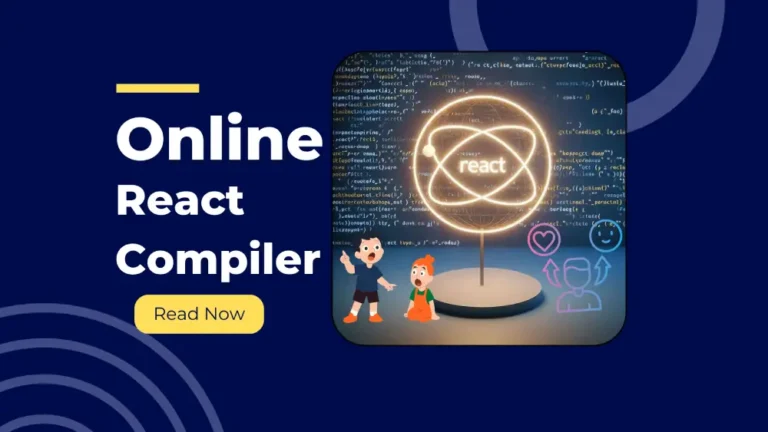2025’s Must-Have Small Business Website Features
In today’s competitive digital landscape, having a modern website is no longer a luxury—it’s a necessity for small businesses. Whether you’re launching your first site or redesigning an outdated one, understanding the key elements of modern web design can make the difference between attracting customers and losing them to competitors.

Think of your website as an always-open digital storefront that sells for you, builds your reputation, and supports customers. The question is: what features make it genuinely up-to-date in 2025? In this guide, we’ll explore the 5 must-have modern website features, along with recommendations for the best website builders for business, free business website tools, and when to consider hiring website designers for small business.
1. Mobile-First & Responsive Design
Why It’s Essential
With over 60% of global web traffic coming from mobile devices, your website must look and function perfectly on smartphones and tablets. Google also prioritizes mobile-friendly sites in search rankings, meaning a poor mobile experience can hurt your visibility.
Key Elements of a Mobile-Optimized Site
- Responsive design – That dynamically reconfigures for optimal viewing across screens.
- Fast load times – Mobile users expect pages to load in under 3 seconds.
- Thumb-friendly navigation – Buttons and menus should be easy to tap.
- Avoid intrusive pop-ups – Google penalizes sites with disruptive interstitials.
Best Website Builders for Mobile Optimization
- Wix (Highly customizable with mobile editor)
- Squarespace (Visually impressive designs that seamlessly adapt to mobile devices)
- Shopify (Best for e-commerce with seamless mobile shopping)
For a free business website tool, check out Square Online Store, which offers mobile-optimized templates with zero upfront cost.
Pro Tip: Test your site’s mobile performance using Google’s Mobile-Friendly Test.
2. Blazing-Fast Loading Speed
Why Speed Matters
A one-second delay in page load time can lead to:
- 11% fewer page views
- 7% loss in conversions
- 16% A significant reduction in positive customer experiences
How to Improve Website Speed
- Reduce image file sizes through optimization platforms like TinyPNG and ShortPixel.
- Enable browser caching (Speeds up repeat visits).
- Use a Content Delivery Network (CDN) (Cloudflare offers a free plan).
- Choose a fast hosting provider (Avoid shared hosting for high-traffic sites).
Best Hosting for Speed
- SiteGround (Top-tier performance with built-in caching)
- Kinsta (fully maintained WordPress hosting solution)
- Cloudways (Great for scalable speed on cloud servers)
Did You Know? Google’s Core Web Vitals now factor into rankings—so speed directly impacts SEO.
3. SEO-Friendly Structure & Content
Why SEO Can’t Be Ignored
If your site isn’t optimized for search engines, you’re missing out on free organic traffic. A well-structured SEO strategy helps you rank higher and attract the right customers.
Key SEO Modern Website Features
✅ Clean URL structure (e.g., yoursite.com/services instead of yoursite.com/page?id=123)
✅ Keyword-optimized content (Use tools like Ahrefs or Ubersuggest)
✅ Meta titles & descriptions (Encourage clicks from search results)
✅ Internal linking (Helps Google crawl and rank pages—check our guide on how to structure a small business website for best practices)
✅ Schema markup (Enhances rich snippets in search results)
Best SEO-Friendly Website Builders
- WordPress + Yoast SEO (Most customizable for SEO)
- Squarespace (Built-in SEO tools)
- Wix SEO Wiz (Guided optimization for beginners)
External Resource: Learn more about Google’s ranking factors in their official Search Essentials guide.
4. Clear Call-to-Action (CTA) Buttons
Why CTAs Drive Conversions
A modern website should guide visitors toward a desired action—whether it’s making a purchase, booking a consultation, or signing up for a newsletter. Weak or hidden CTAs lead to missed opportunities.
Best Practices for High-Converting CTAs
- Use action-oriented text (“Get Started,” “Book Now,” “Download Free Guide”)
- Contrasting colors (Make buttons stand out)
- Strategic placement (Above the fold, in sticky headers, or exit-intent popups)
- A/B test different versions (Tools like Google Optimize can help)
Best Website Builders for CTA Optimization
- Leadpages (Specializes in high-converting landing pages)
- Unbounce (Great for A/B testing CTAs)
- Wix & Squarespace (Easy drag-and-drop CTA buttons)
Discover more conversion rate optimization tips in our small business marketing guide.
5. Security & Trust Signals
Why Security Builds Trust
With rising cyber threats, customers need assurance that your site is safe. A single security breach can destroy your reputation.
Must-Have Security Features
- SSL Certificate (HTTPS) – Free via Let’s Encrypt or your hosting provider.
- Trust badges (Payment security, BBB accreditation, customer reviews).
- GDPR & Privacy Compliance – Essential if targeting EU customers.
- Regular backups – Use plugins like UpdraftPlus (WordPress) or built-in backups from hosts like SiteGround.
Best Secure Website Builders
- Shopify (Includes SSL and PCI compliance for online stores)
- WordPress + Security Plugins (e.g., Wordfence, Sucuri)
- Squarespace (Automatic SSL and built-in security)
Stay updated on small business cybersecurity with the FTC’s Cybersecurity Guide.
Bonus: When to Hire Website Designers for Small Business
While DIY website builders are great for startups, hiring a professional designer may be worth it if:
- You need custom functionality (e.g., membership portals, advanced booking systems).
- Your brand requires high-end visuals (unique animations, custom illustrations).
- You’re too busy to handle SEO, speed optimization, and security yourself.
Where to Find Affordable Designers
- Fiverr (Freelancers for small budgets)
- Upwork (Experienced professionals)
- 99designs (Great for custom branding + web design)
Best Website for Small Business in 2025 – Final Recommendations
| Use Case | Best Platform |
|---|---|
| All-in-one drag-and-drop | Wix |
| E-commerce stores | Shopify |
| Blogging + SEO | WordPress |
| Free small business site | Square Online Store |
| Design-focused brands | Squarespace |
FAQs
Learn website basics at Google’s SEO Starter Guide.
Final Thoughts
A modern website in 2025 isn’t just about looks—it’s about speed, security, SEO, and seamless user experience. By implementing these 5 essential features, you’ll create a site that attracts visitors, builds trust, and converts them into customers.
Ready to get started? Check out our step-by-step website launch checklist for a smooth setup!




